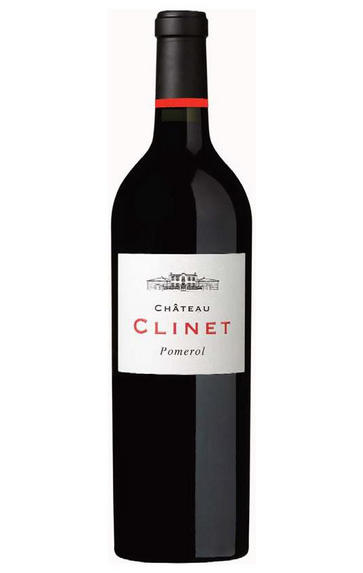
2010 Château Clinet, Pomerol, Bordeaux
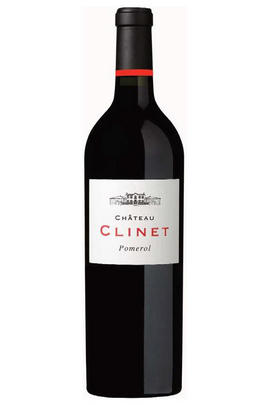
Critics reviews
Robert M. Parker, Jr. - 28/02/2013
Blackish crimson. Such ripeness it’s almost cheesy on the nose. Then very firm on the palate – verging on inkiness. A real backbone here! This wine’s two faces don’t seem to be talking to each other yet. It may get there in the end…?
Jancis Robinson MW- jancis robinson.com Apr 2011
James Molesworth – The Wine Spectator – Top Scoring Bordeaux 2010 – 31 Mar 2011
The 2010 is another fabulous effort from this estate of just over 20 acres located in the sector named the same as the chateau, Clinet. Modest yields of 38 hectoliters per hectare produced a final blend that hit 14.4% natural alcohol.
96+ Robert Parker- Wine Advocate- Feb 2013
A spectacular success in this vintage, this blend of 85% Merlot, 12% Cabernet Sauvignon and the rest Cabernet Franc achieved 15% natural alcohol. Sadly, there are only 3,400 cases primarily because of the small Merlot crop (yields were only 29 hectoliters per hectare). The wine’s opaque purple color is followed by an extraordinary bouquet of boysenberries, blueberries, black currants, licorice, truffles and a hint of asphalt. The wine possesses great intensity, a multidimensional mouthfeel, stunning glycerin and richness, and wonderful freshness as well as precision because of the vintage conditions. This massive Pomerol will age effortlessly for 30-35 years. Equaling what Clinet achieved in 1989 and 1990, it is the third successive great vintage for this estate.
95-98 Robert Parker- Wine Advocate- May 2011
About this WINE
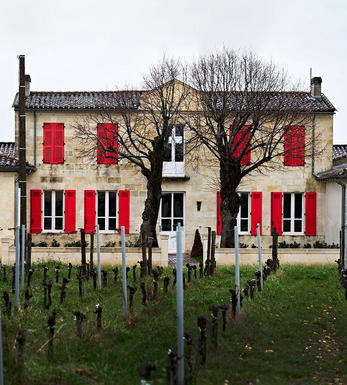
Château Clinet
Château Clinet is a wine estate in Pomerol on the Right Bank of Bordeaux. It is owned and run by Ronan Laborde and his partner, Monique Bailly. Ronan took the helm here in 2004.
The estate’s 11 hectares of vines sit atop the famed Pomerol plateau. The vineyard is planted to a majority of Merlot (75%), which Ronan feels is highly suited to the plateau’s iron-rich clay soils. There is also 25% Cabernet Sauvignon. Though rare in Pomerol, Cabernet Sauvignon has long been an important aspect of Clinet’s character; it once made up 50% of the vineyard here, Ronan reports.
Clinet came to the attention of many collectors when its 1989 vintage received a 100-point score from the critic Robert Parker; it has remained one of Bordeaux’s most sought-after names ever since. Another perfect Parker score followed for the 2009 vintage.
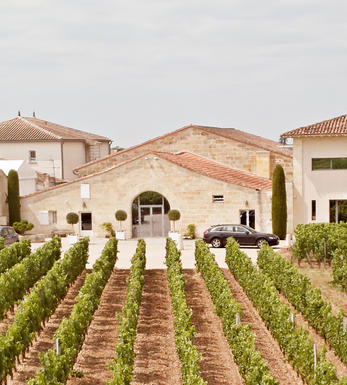
Pomerol
Pomerol is the smallest of Bordeaux's major appellations, with about 150 producers and approximately 740 hectares of vineyards. It is home to many bijou domaines, many of which produce little more than 1,000 cases per annum.
Both the topography and architecture of the region is unremarkable, but the style of the wines is most individual. The finest vineyards are planted on a seam of rich clay which extends across the gently-elevated plateau of Pomerol, which runs from the north-eastern boundary of St Emilion. On the sides of the plateau, the soil becomes sandier and the wines lighter.
There is one satellite region to the immediate north, Lalande-de-Pomerol whose wines are stylistically very similar, if sometimes lacking the finesse of its neighbour. There has never been a classification of Pomerol wines.
Recommended Châteaux : Ch. Pétrus, Vieux Ch. Certan, Le Pin, Ch. L’Eglise-Clinet, Ch. La Conseillante, Ch. L’Evangile, Ch. Lafleur, Trotanoy, Ch. Nenin, Ch. Beauregard, Ch. Feytit-Clinet, Le Gay.
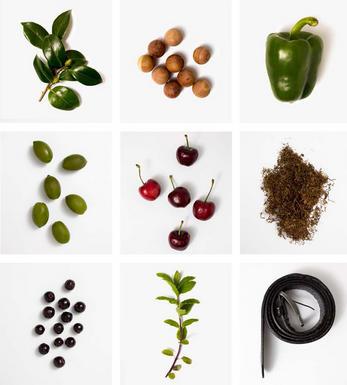
Cabernet Sauvignon Blend
Cabernet Sauvignon lends itself particularly well in blends with Merlot. This is actually the archetypal Bordeaux blend, though in different proportions in the sub-regions and sometimes topped up with Cabernet Franc, Malbec, and Petit Verdot.
In the Médoc and Graves the percentage of Cabernet Sauvignon in the blend can range from 95% (Mouton-Rothschild) to as low as 40%. It is particularly suited to the dry, warm, free- draining, gravel-rich soils and is responsible for the redolent cassis characteristics as well as the depth of colour, tannic structure and pronounced acidity of Médoc wines. However 100% Cabernet Sauvignon wines can be slightly hollow-tasting in the middle palate and Merlot with its generous, fleshy fruit flavours acts as a perfect foil by filling in this cavity.
In St-Emilion and Pomerol, the blends are Merlot dominated as Cabernet Sauvignon can struggle to ripen there - when it is included, it adds structure and body to the wine. Sassicaia is the most famous Bordeaux blend in Italy and has spawned many imitations, whereby the blend is now firmly established in the New World and particularly in California and Australia.


Buying options
Add to wishlist
Description
The blend is largely dominated by 85% Merlot, with some Cabernet Sauvignon and a small amount of Cabernet Franc also included. Inky/purple-colored, the wine has an exceptionally full-bodied, layered, moderately tannic mouthfeel and impressive power. Loads of melted chocolate/fudge and black fruits galore along with some coffee bean, mocha, as well as some background oak are all present in this big, formidably endowed, masculine style of Pomerol that will take longer to shed its tannin than the 2009. I would give this wine 5-6 years of cellaring and drink it over the following 30+ years.
Robert M. Parker, Jr. - 28/02/2013
wine at a glance
Delivery and quality guarantee